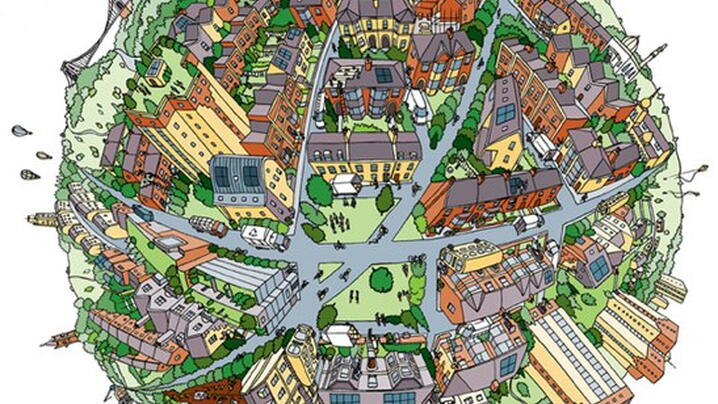
A random surveyed person is likely to support protection of the environment. That shouldn’t be a surprise. Additionally, it shouldn’t be a surprise that support falls as awareness of the associated material tradeoffs rises. We are programmed to want security and stability – the immediacy of here and now takes priority. We’re left scratching our heads when it comes to how to deal with long-term issues. Fortunately, creative solutions often emerge: A prime example is Property Assessed Clean Energy (PACE).
PACE programs (or Energy Financing Districts) spur energy efficient retrofits through incentives to property owners. Their success hinges on the removal of up-front costs, and a shift to long-term gains. Especially in a lackluster economy, owners are hesitant to make a substantial investment in a property they may only live in for a handful of years. PACE financing addresses this hurdle as it is transferable if a sale occurs. A win-win scenario emerges as home owners have lower energy costs while they repay the retrofits over (generally) 15-20 years. Repayment is part of the property owner’s tax bill and, like their mortgage, interest is tax deductible.
Behind the scenes, PACE programs leverage a handful of tools in the local government toolbox. First, states must enact legislation to authorize local governments to create assessment districts (special tax districts) that designate efficient, renewable energy retrofits as public goods. Then local governments can pass ordinances to shape the districts, authorize lien formation, and allocate financing. The last, critical step is the design of the program – its administration and activities to achieve outcomes. Overall, these programs allow local governments to help mitigate climate change, bolster the local energy efficient economy, and assist residents with green improvements at a low cost.
Currently, 31 states and the District of Columbia have legislation that enables PACE programs at the local level. This is a critical, innovative step towards widespread energy efficiency – considering over 40% of energy consumption in the US is from buildings. Programs that reduce barriers to energy efficient retrofits and improvements will provide considerable help in addressing the environmental challenges of the 21st century. Local leaders interested in PACE programs should check the current legislation in their area. If none exists, consider supporting the expansion of PACE programs to assist local residents, create sustainable economic development, and foster environmental stewardship.
Explore and discuss more on the Energy Efficiency page of ICMA's Knowledge Network.
New, Reduced Membership Dues
A new, reduced dues rate is available for CAOs/ACAOs, along with additional discounts for those in smaller communities, has been implemented. Learn more and be sure to join or renew today!
